 This past weekend The Girlfriend and I took a three-day trip out to the beach, in this case the Wilmington, North Carolina area. Wilmington is the shortest beach drive from the center of the state where we live, features the best aquarium, and is only a short distance from Topsail Beach. Topsail is of interest because it’s the home of the Karen Beasley Sea Turtle Rescue and Rehabilitation Center, and while I have an interest in them, it’s outshone by The Girlfriend’s interest. We were hoping to witness the annual release of rehabilitated turtles, but we’d missed it by a couple days. As we found out, they don’t advertise this because they lack the means to control the crowds that would gather, but this was little comfort to us.
This past weekend The Girlfriend and I took a three-day trip out to the beach, in this case the Wilmington, North Carolina area. Wilmington is the shortest beach drive from the center of the state where we live, features the best aquarium, and is only a short distance from Topsail Beach. Topsail is of interest because it’s the home of the Karen Beasley Sea Turtle Rescue and Rehabilitation Center, and while I have an interest in them, it’s outshone by The Girlfriend’s interest. We were hoping to witness the annual release of rehabilitated turtles, but we’d missed it by a couple days. As we found out, they don’t advertise this because they lack the means to control the crowds that would gather, but this was little comfort to us.
We also have no photos of it, because they don’t allow strobes and the lighting is too poor to operate without one – plus, these are turtles in rehab tanks which offer little in the way of opportunity or background. The image you see above actually came from the aquarium, but more about that in a sec. The sea turtles that make it to the rehab center receive most of their injuries from human contact – though they are preyed on by sharks, and this may account for more fatalities than human contact, the sharks also tend to finish the job and not leave the turtles crippled and disabled. The hospital sees lots of boating and fishing net injuries, and receives veterinary assistance from the NC State University School of Veterinary Medicine, abbreviated around here as the “Vet School.” Like most non-profits working with wildlife, their staff is almost entirely volunteer – donations go towards the cost of caring for the animals first and foremost, and state or federal funding for such pursuits is practically nonexistent.
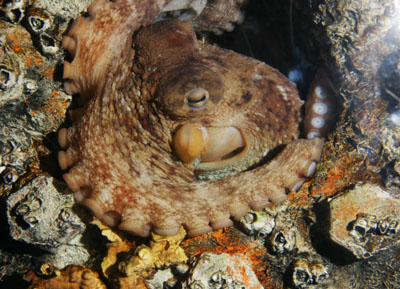 We spent a lot more time at the NC Aquarium at Fort Fisher, which we consider the best of the three NC Aquariums. They have a sea turtle program themselves, mostly monitoring nest sites and protecting hatchlings – the photo at top is an 8-month old loggerhead (Caretta caretta.) We shamelessly played around with the hermit crabs, sea stars, and anemones in the touch tank, and I chased detail photos of species that I’m dying to capture in the wild someday, among them this octopus. Octopi are shy creatures who favor darker places, and this one was faintly put-out by the repeated flashes from my camera. I liked this shot for the “cave of skulls” look that the ersatz-barnacles provide – in reality, that opening is only about about 18 centimeters (7 inches,) making this octopus a respectable size, but not nearly as impressive as any Disney movie has ever portrayed.
We spent a lot more time at the NC Aquarium at Fort Fisher, which we consider the best of the three NC Aquariums. They have a sea turtle program themselves, mostly monitoring nest sites and protecting hatchlings – the photo at top is an 8-month old loggerhead (Caretta caretta.) We shamelessly played around with the hermit crabs, sea stars, and anemones in the touch tank, and I chased detail photos of species that I’m dying to capture in the wild someday, among them this octopus. Octopi are shy creatures who favor darker places, and this one was faintly put-out by the repeated flashes from my camera. I liked this shot for the “cave of skulls” look that the ersatz-barnacles provide – in reality, that opening is only about about 18 centimeters (7 inches,) making this octopus a respectable size, but not nearly as impressive as any Disney movie has ever portrayed.
 Octopi, of course, have the ability to camouflage themselves with reactive pigments under their skin, and will also use this color-change ability to express some basic emotions. Here, I suspect it’s irritation at the flash – this was taken one second after the photo above. One tentacle stretched out and probed about the tank for a different hidey-hole to inhabit, one that would be safe from annoying photographers, but it found none and the octopus stayed put. I’m pleased with the quality of these images, because the tank was a cylindrical affair that’s great for putting in the middle of the floor and allowing access to groups of people, but plays hell with distortion, and this often gets worsened with camera lenses. I wish they’d switch to something like octagonal tanks for something like this.
Octopi, of course, have the ability to camouflage themselves with reactive pigments under their skin, and will also use this color-change ability to express some basic emotions. Here, I suspect it’s irritation at the flash – this was taken one second after the photo above. One tentacle stretched out and probed about the tank for a different hidey-hole to inhabit, one that would be safe from annoying photographers, but it found none and the octopus stayed put. I’m pleased with the quality of these images, because the tank was a cylindrical affair that’s great for putting in the middle of the floor and allowing access to groups of people, but plays hell with distortion, and this often gets worsened with camera lenses. I wish they’d switch to something like octagonal tanks for something like this.
Shooting captive animals in zoos and aquariums is a great way to get detailed photos of marking and behavior, but it still doesn’t guarantee good results, and it’s often hard to get images that don’t show evidence of the cage or tank, like all of these do. It can take repeated trips, lots of dodging for a good angle, and still plenty of patience. Perhaps the most important thing to remember, though, is to be considerate of others that are enjoying the exhibits. Don’t stay too long while blocking people’s views, and allow others to jump in once you’ve gotten the shots you wanted, while the animal is still displaying. Sometimes, it even works better to stay back and wait for everyone else to leave – shy animals may venture out or change behavior when the crowds thin.
Coming up soon: the wild-caught pics from the same trip.




















































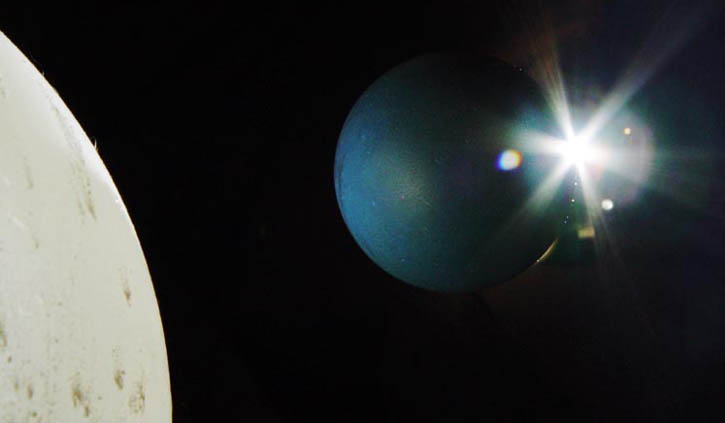
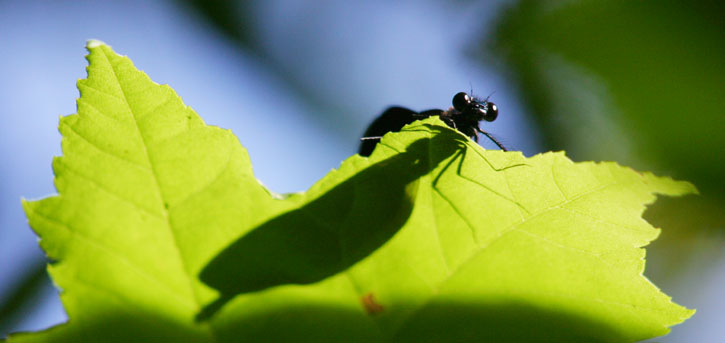

 The other day I chased a pair of Southeastern Five-lined Skinks as they ventured around the opening of a hollow tree outside my place. I was hoping to catch some feeding behavior, but it was not to be.
The other day I chased a pair of Southeastern Five-lined Skinks as they ventured around the opening of a hollow tree outside my place. I was hoping to catch some feeding behavior, but it was not to be.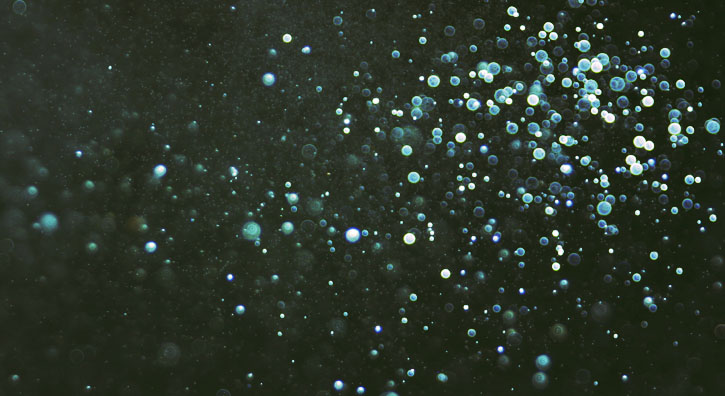
 And because I know you don’t believe me, I provide proof. That’s me in the shot, though I’d shucked the vest by this time (the reason you see bikers wearing a vest over their bare torsos is because the damn things are hot.) You can’t even tell that I wear glasses, which of course simply added to my badassedness. This is the only memento I have of that occasion, and it’s a scan from a weathered print. The awkward position I’m standing in, besides showing off how badly my slacks were cut, was to try and get the best framing possible. The background down the dock wasn’t working too well, but across the dock, aiming downriver, was much better. I had to stand with my heels on the edge of the wood and lean back to get the framing right, and the happy couple was instructed, should I go backwards, to catch the camera as I threw it into the air. Hell, being soaking wet at that wedding wasn’t going to make anything worse, but there was no way I was taking a chance on losing the camera.
And because I know you don’t believe me, I provide proof. That’s me in the shot, though I’d shucked the vest by this time (the reason you see bikers wearing a vest over their bare torsos is because the damn things are hot.) You can’t even tell that I wear glasses, which of course simply added to my badassedness. This is the only memento I have of that occasion, and it’s a scan from a weathered print. The awkward position I’m standing in, besides showing off how badly my slacks were cut, was to try and get the best framing possible. The background down the dock wasn’t working too well, but across the dock, aiming downriver, was much better. I had to stand with my heels on the edge of the wood and lean back to get the framing right, and the happy couple was instructed, should I go backwards, to catch the camera as I threw it into the air. Hell, being soaking wet at that wedding wasn’t going to make anything worse, but there was no way I was taking a chance on losing the camera. If there’s one thing that I emphasize above all else in photography, it’s composition. Don’t just take a photo, but put the elements together within it to your satisfaction. This, to me, holds up far more than what kind of equipment you’re using and how technically proficient you are with it. And it’s not an easy thing to teach – I’m still at the point where, even though I can name umpteen different compositional tricks, rules, and recommendations, I also shrug and say, “You have to develop an eye.” What an “eye” is is debatable – much of our appreciation of photography takes place subconsciously and is very hard to pin down, but I encourage students to examine their favorite images and try to determine what it is that strikes them the right way.
If there’s one thing that I emphasize above all else in photography, it’s composition. Don’t just take a photo, but put the elements together within it to your satisfaction. This, to me, holds up far more than what kind of equipment you’re using and how technically proficient you are with it. And it’s not an easy thing to teach – I’m still at the point where, even though I can name umpteen different compositional tricks, rules, and recommendations, I also shrug and say, “You have to develop an eye.” What an “eye” is is debatable – much of our appreciation of photography takes place subconsciously and is very hard to pin down, but I encourage students to examine their favorite images and try to determine what it is that strikes them the right way.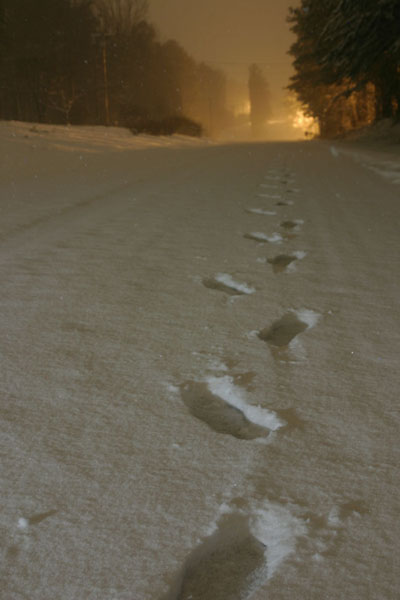 And of course, there are times when it doesn’t work. I don’t particularly like this image, for a number of reasons. After shooting it, I realized I would have liked it better if I’d set the camera slightly offset from the line of footprints, so they angled across the frame a little rather than directly into it. Those tracks are mine, purposefully made for the image, but I should have remembered that I really do walk that splayfooted and made some effort to walk a little more normally. And the strobe that I used to give illumination and definition to the tracks is a little too bright and blue, and seems to indicate that there’s something bright just out of the frame to the left, counteracting the idea of a lonely, empty road. Even a single, dim light in the distance (or perhaps none at all) would have worked better than the multiple sources flooding in from the sides. So I consider this one a miss, and a learning exercise. I’d actually envisioned what I wanted, but failed to execute it to my satisfaction.
And of course, there are times when it doesn’t work. I don’t particularly like this image, for a number of reasons. After shooting it, I realized I would have liked it better if I’d set the camera slightly offset from the line of footprints, so they angled across the frame a little rather than directly into it. Those tracks are mine, purposefully made for the image, but I should have remembered that I really do walk that splayfooted and made some effort to walk a little more normally. And the strobe that I used to give illumination and definition to the tracks is a little too bright and blue, and seems to indicate that there’s something bright just out of the frame to the left, counteracting the idea of a lonely, empty road. Even a single, dim light in the distance (or perhaps none at all) would have worked better than the multiple sources flooding in from the sides. So I consider this one a miss, and a learning exercise. I’d actually envisioned what I wanted, but failed to execute it to my satisfaction.